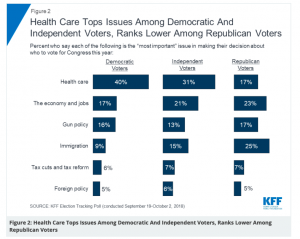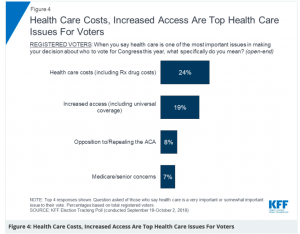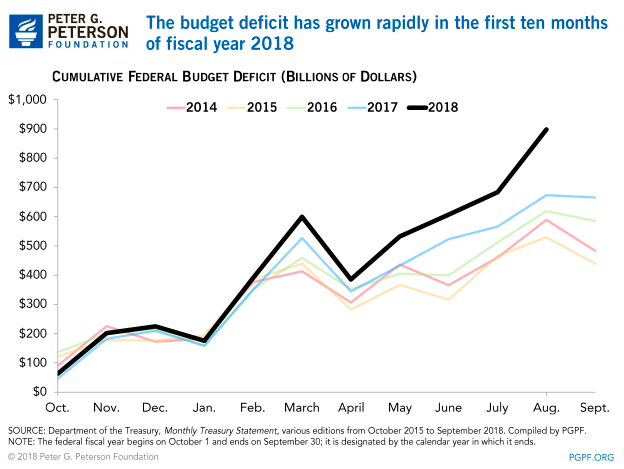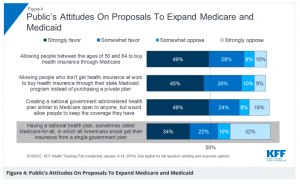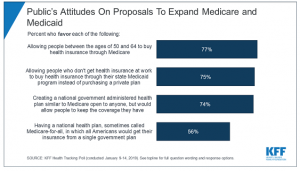Earlier this week President Trump called for the GOP to become “the Party of Great Healthcare.”
He wants three Senators to come up with a “terrific, beautiful” healthcare plan.
What Trump is actually doing is accelerating the day when Single Payer becomes reality.
In one tweet, here’s why:
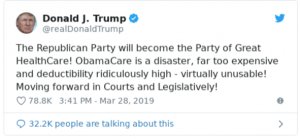 Stick with me here. The President doesn’t know the difference between tax policy (deductibility) and healthcare benefit design (deductibles). Unless, of course, he was referring to the deductibility of health insurance premiums, which many think is “ridiculously high”. Except, of course, Trump wasn’t.
Stick with me here. The President doesn’t know the difference between tax policy (deductibility) and healthcare benefit design (deductibles). Unless, of course, he was referring to the deductibility of health insurance premiums, which many think is “ridiculously high”. Except, of course, Trump wasn’t.
Many may say, “yeah, that’s just a typo”, or “doesn’t matter, we know what he meant”.
And those many are dead wrong.
Trump – and his gang of three who are supposed to come up with a new Great Healthcare Plan – don’t know anything about the healthcare problem in this country, what’s driving it, how financing works, how people are affected, what the tradeoffs are, or anything else.
Healthcare is enormously complicated, accounts for 1 of every 6 dollars in our economy, employs 16 million Americans, and is deeply personal. The GOP has never come up with any plan that remotely addresses the problem with healthcare, namely prices are too high, many can’t afford insurance and quality is spotty at best.
Their go-to solution – the free market – is no solution at all.
In the “free market”, no insurer is ever going to insure your pre-existing condition, nor will it ever cover your kids to 26, nor will it pay for all your care no matter how sick you are or how expensive it gets.
About 5 minutes after Trump’s gang of three starts working on their Great Healthcare Plan their heads will explode. They have no idea what they are doing and a real solution requires them to abandon long-held fictions about healthcare and the economy.
Which is why Trump’s Great Healthcare Plan will make Single Payer reality.
To quote Winston Churchill;
You can always count on Americans to do the right thing – after they’ve tried everything else.



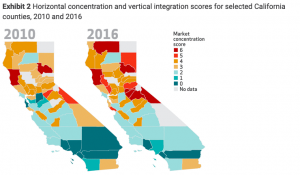

 Molly says hello from Santa Monica
Molly says hello from Santa Monica

